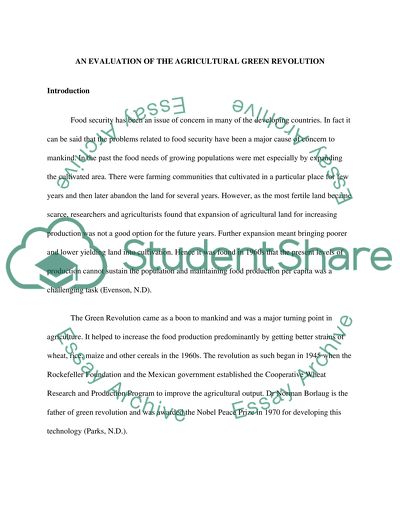Cite this document
(Evaluation of Agricultural Green Revolution Research Paper Example | Topics and Well Written Essays - 1500 words, n.d.)
Evaluation of Agricultural Green Revolution Research Paper Example | Topics and Well Written Essays - 1500 words. https://studentshare.org/agriculture/1508062-an-evaluation-of-the-agricultural-green-revolution
Evaluation of Agricultural Green Revolution Research Paper Example | Topics and Well Written Essays - 1500 words. https://studentshare.org/agriculture/1508062-an-evaluation-of-the-agricultural-green-revolution
(Evaluation of Agricultural Green Revolution Research Paper Example | Topics and Well Written Essays - 1500 Words)
Evaluation of Agricultural Green Revolution Research Paper Example | Topics and Well Written Essays - 1500 Words. https://studentshare.org/agriculture/1508062-an-evaluation-of-the-agricultural-green-revolution.
Evaluation of Agricultural Green Revolution Research Paper Example | Topics and Well Written Essays - 1500 Words. https://studentshare.org/agriculture/1508062-an-evaluation-of-the-agricultural-green-revolution.
“Evaluation of Agricultural Green Revolution Research Paper Example | Topics and Well Written Essays - 1500 Words”. https://studentshare.org/agriculture/1508062-an-evaluation-of-the-agricultural-green-revolution.


